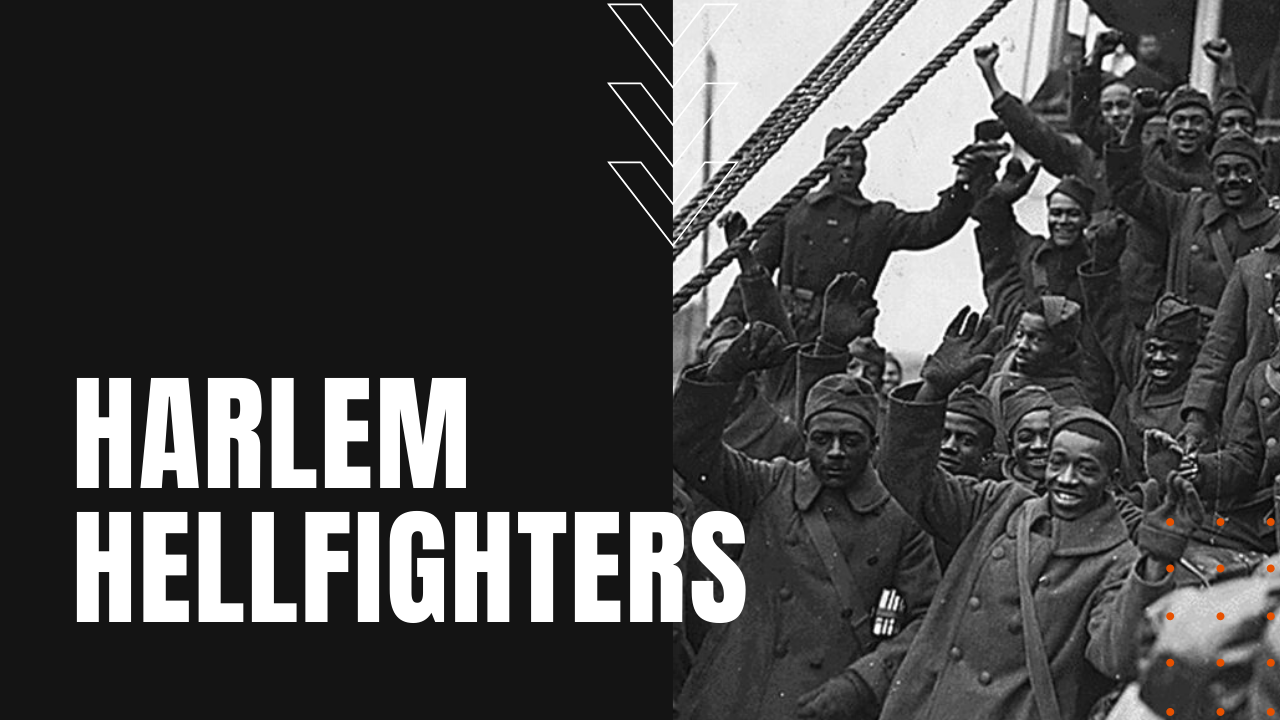Harlem Hellfighters

Considered the most celebrated African-American fighting regiment during World War One, the Harlem Hellfighters faced down racism at home before facing off with Germany longer than any other fighting unit in the war to end all wars.
Who Were the Harlem Hellfighters?
They came from Harlem, mostly, as well as Brooklyn and towns up the Hudson River. Some were under-aged teenagers, while others were in their mid-40s. Many were proficient jazz musicians, including bandleader James Reese Europe, and when the force of 2,000 men landed at Brest France on New Year’s Day, 1918, they stunned their unsuspecting audience with their syncopated rhythms so unheard of before their arrival, drawing salutes from every French soldier and sailor present that day.
Originally assigned to service and janitorial roles, General John Pershing changed all that on April 15th, when he re-assigned the 369th Harlem Hellfighters to combat duty, more than a month before the American Expeditionary Forces’ first major battle. For the next three months, as the German’s primary spring offensive raged miles away from their front line position, the Harlem Hellfighters fought through repeated skirmishes, until they came under heavy artillery fire when the Germans launched the July 15th Second Battle of the Marne, which would become Germany’s final offensive battle of the war.
The Hellfighters pushed forward with a French counterattack, suffering 14 deaths and 51 injuries. Then came the Meuse-Argonne Offensive, in which 1.2 million French and American soldiers bore down on Germany’s failing front-line positions. Over the course of the month-and-a-half-long offensive, the Hellfighters would suffer 144 deaths and almost 1,000 wounded. “What have I done this afternoon?” wrote Hellfighter Captain Arthur Little in his memoir, From Harlem to the Rhine.
“Lost half my battalion—driven hundreds of innocent men to their death.”
Captain Arthur Little
The Harlem Hellfighters spent 191 days on the Western Front, making them the longest-serving American regiment to fight at the front lines of World War One. Upon their stand down and return to the States, on February 17th, 1919, crowds lined Fifth Avenue in New York City, honoring the Hellfighters with a much-deserved victory parade.
The Hellfighters marched in French formation—16 abreast—making their sacrifice and bravery in battle a strident rebuke to racism, even to this day.
